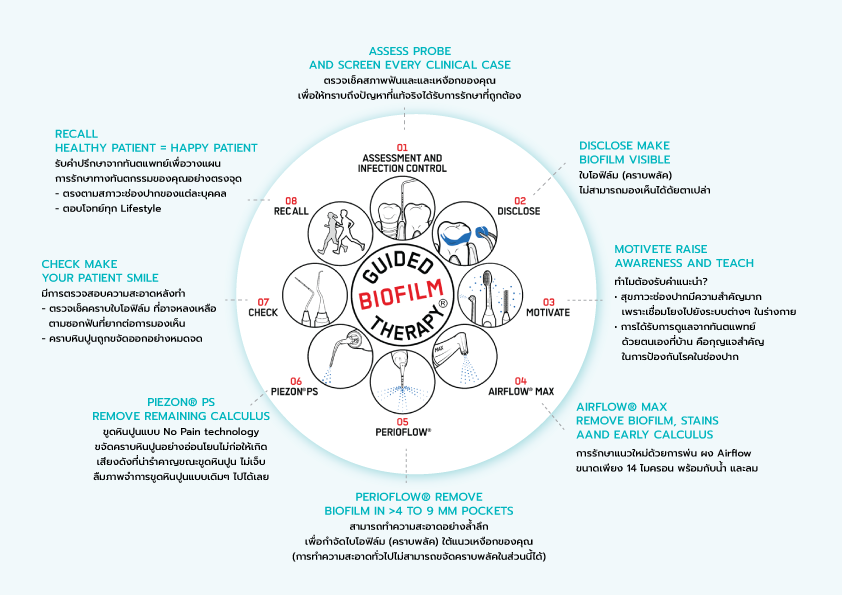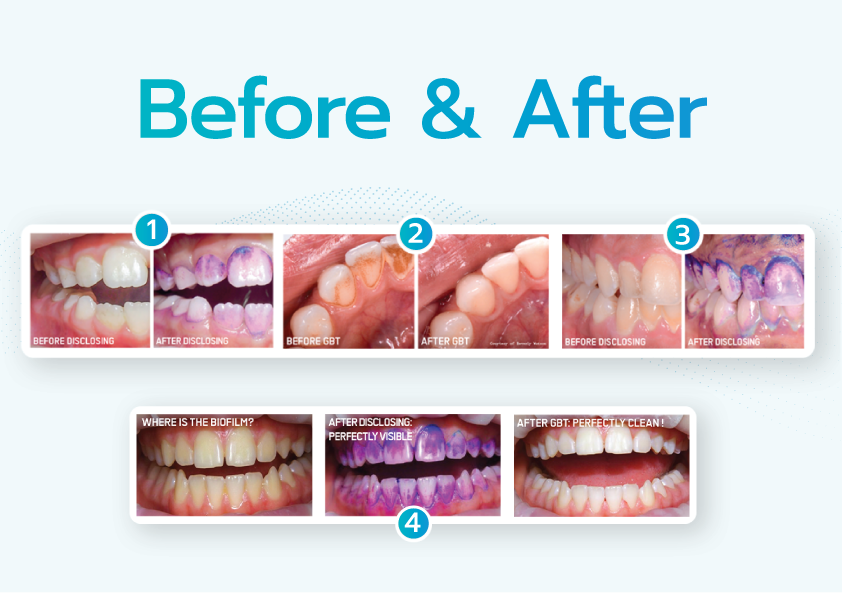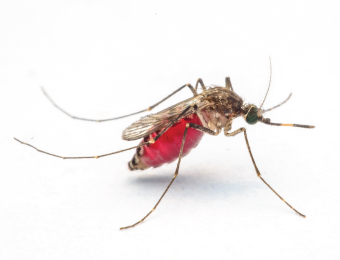
Dental Spa
What is Biofilm?
Biofilm is a complex community of microorganisms that adheres to surfaces and is encased within a protective extracellular matrix. In the context of dental health, biofilm refers to the layer of bacteria and other microorganisms that continuously form on the surface of teeth. When teeth are not cleaned regularly, saliva and other substances in the mouth combine to form a thin film of biofilm on the teeth. Over time, bacteria in the oral cavity colonize this biofilm, leading to the development of dental plaque and eventually calculus (tartar) if left untreated.
Brushing teeth properly on a regular basis helps to remove biofilm before it matures into thicker plaque deposits and accumulates more bacteria, thereby helping to prevent tooth decay and gum disease more effectively.
The advantages of procedures like Airflow or Dental Spa include:- Whitening teeth and promoting cleanliness.
- Effective removal of stubborn deposits.
- Helping to reduce bad breath, including that caused by smoking.
- Convenience, speed, and safety without discomfort.
- Ability to eliminate biofilm, the main cause of gum disease and tooth decay.
Airflow Dental Spa is suitable for individuals with the following dental health concerns:
- Those seeking a fresher and cleaner smile.
- Individuals with stubborn stains from tea, coffee, or smoking.
- Those with braces, difficulty brushing, or frequent plaque buildup.
- Individuals with dentures or dental implants.
- Those at risk of periodontal disease.
- Those who prioritize oral health.
Guided Biofilm Therapy (GBT) consists of three main steps:
-
Plaque Disclosing Gel Application: In this step, the dentist applies a blue plaque disclosing gel onto all tooth surfaces in the mouth. Then, they rinse it off, revealing the plaque that is present in two forms:
-
Dark blue plaque indicates thick plaque that has accumulated for more than 48 hours, indicating areas where the patient's oral hygiene may not be thorough. This type of plaque contains a high concentration of bacteria and may contribute to gum disease and tooth decay.
-
Red plaque indicates newly formed plaque, present for less than 48 hours. This shows areas where the patient's brushing technique may not effectively remove plaque.
-
-
Patient Education: The dentist will show the disclosed areas to the patient using a mirror and provide guidance on proper brushing techniques and oral hygiene practices.
- Airflow Polishing: This involves cleaning the disclosed plaque using a special tool called Airflow polishing. This tool gently cleans all tooth surfaces in the mouth, reaching even the most difficult-to-access areas.


13 Mar, 2024
 EN
EN
 TH
TH CN
CN









